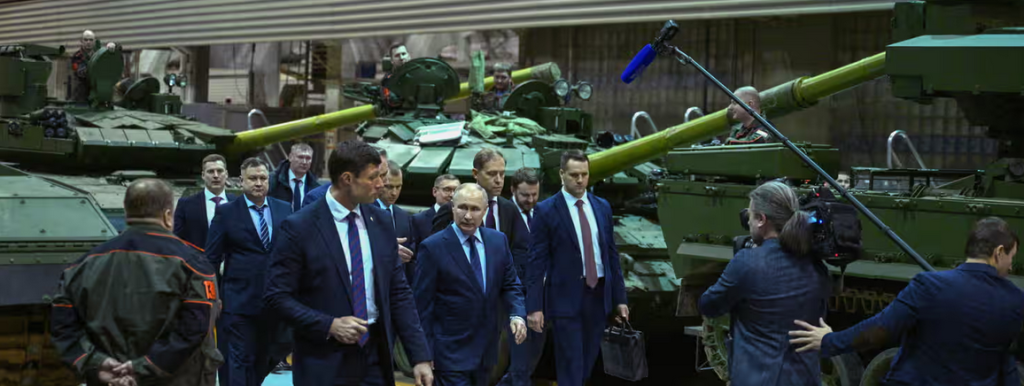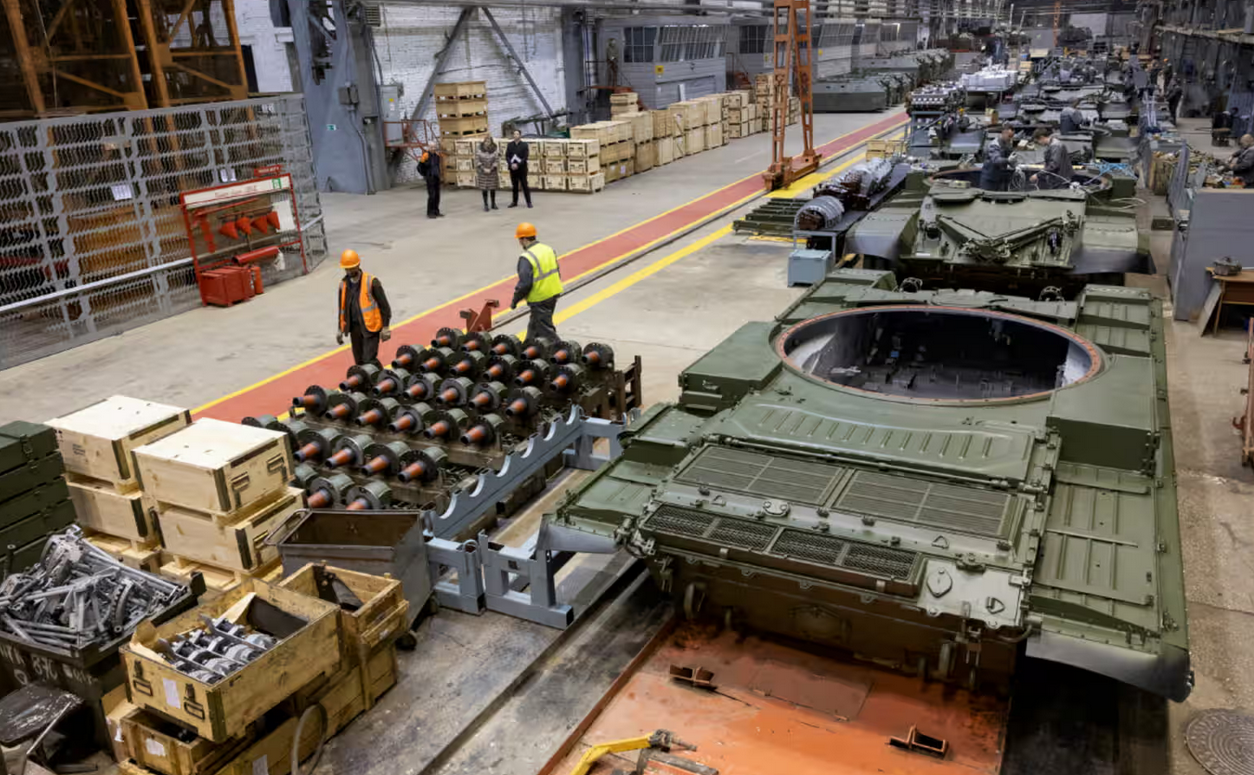The special military operation launched by Russia in Ukraine has brought enormous favours to Russians with a significant redistribution of wealth.
For example, Denis Volkov, the director of the Levada Center, a polling and sociological research firm in Moscow says, “The war has led to an unprecedented redistribution of wealth.”
“5-6% of those who “previously did not have enough money to buy consumer goods like a fridge now have moved upwards towards the middle classes,” Volkov says.
Russia’s economic growth in 2024 is projected to shoot at a rate of 3.2% compared to the previous forecast that put it at a 2.6% rate.
The International Monetary Fund (IMF) said on Tuesday it had upgraded Russian economic growth to mirror the current realities.
Russia’s economy is expected to grow 3.2% this year, up from the previous forecast of 2.6% issued in January, the IMF said in its World Economic Outlook report published on Tuesday.
The Kremlin has earmarked 10.8 trillion rubles (U$115 billion) for defense spending in 2024, thus placing its economy more firmly on a war footing as the special military operation in Ukraine enters its third year.
The splurge in spending has helped Russia defy predictions of a sharp downturn that some observers initially predicted.

An increase in domestic arms production has expanded the country’s economic growth and placed it on a war footing status.
The arms industry of Russia, also known as the defense industry of Russia is a strategically important sector and a large employer in the Russian Federation. The massively ramped-up industry, gives the vast country advantages in Ukraine and leads to a redistribution of wealth.
As of 2024, it employs approximately 3.5 million people nationwide (2.5% of the population) and accounts for 20% of all manufacturing jobs in Russia.
Total defence spending has risen to an estimated 7.5% of Russia’s GDP, supply chains have been redesigned to secure many key inputs and evade sanctions, and factories producing ammunition, vehicles and equipment are running around the clock, often on mandatory 12-hour shifts with double overtime, to sustain the Russian war machine for the foreseeable future.
This massive Russian investment in the military, projected this year to be the largest as a share of GDP since the Soviet Union, has worried European war planners, who have said NATO underestimated Russia’s ability to sustain a long-term war.
New analysis by the International Institute for Strategic Studies (IISS) notes that Russian factories claimed to have delivered 1,500 main battle tanks this year, of which 1,180 to 1,280 had been reactivated from storage.
Those numbers, along with reactivated armoured personnel carriers and infantry fighting vehicles, meant Russia would “be able to sustain its assault on Ukraine at current attrition rates for another two to three years, and maybe even longer”, the group said.




















